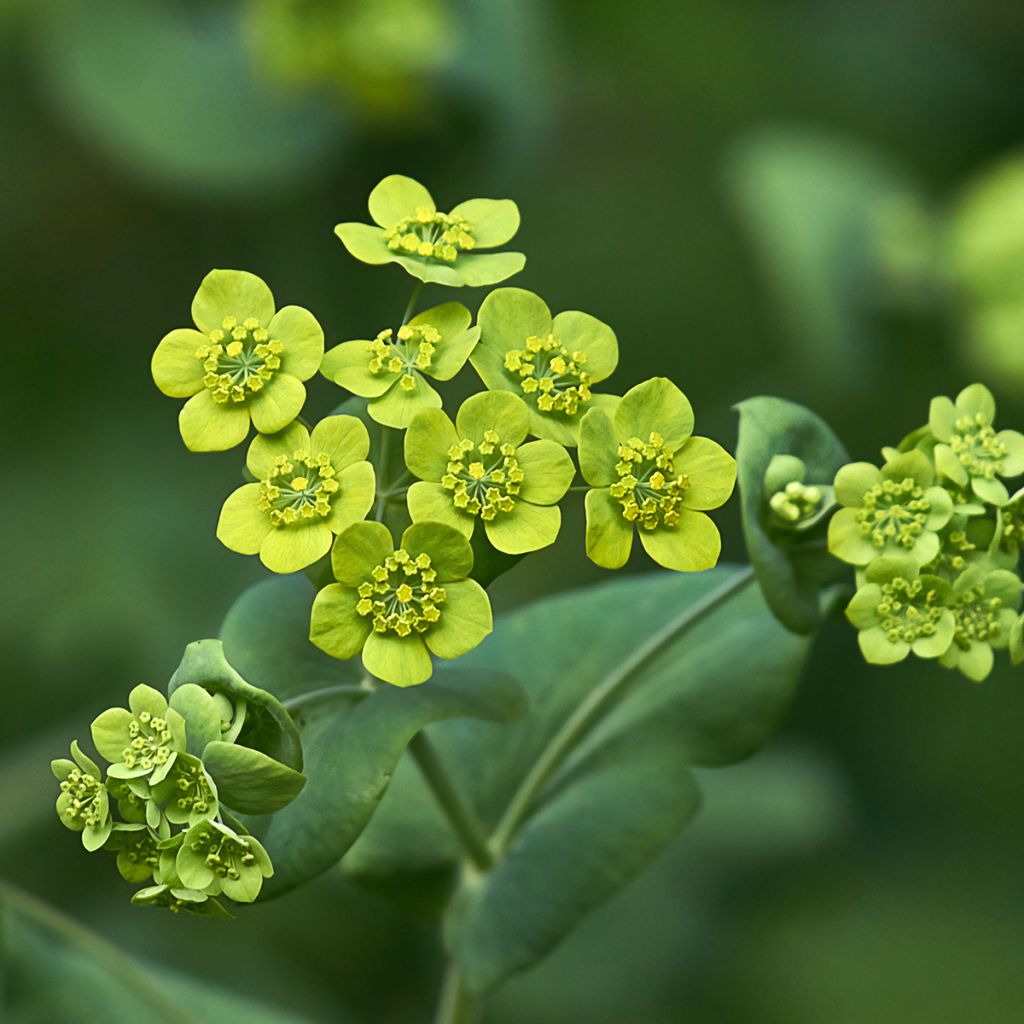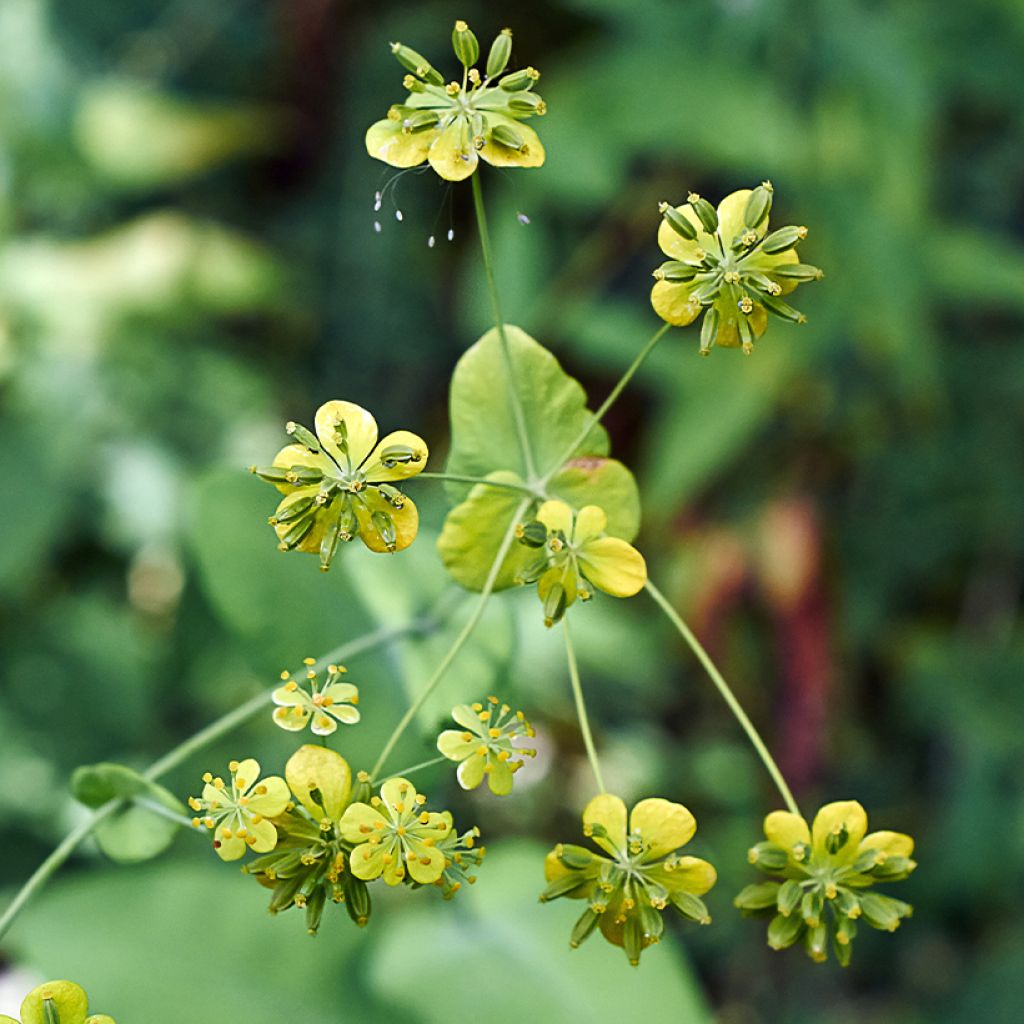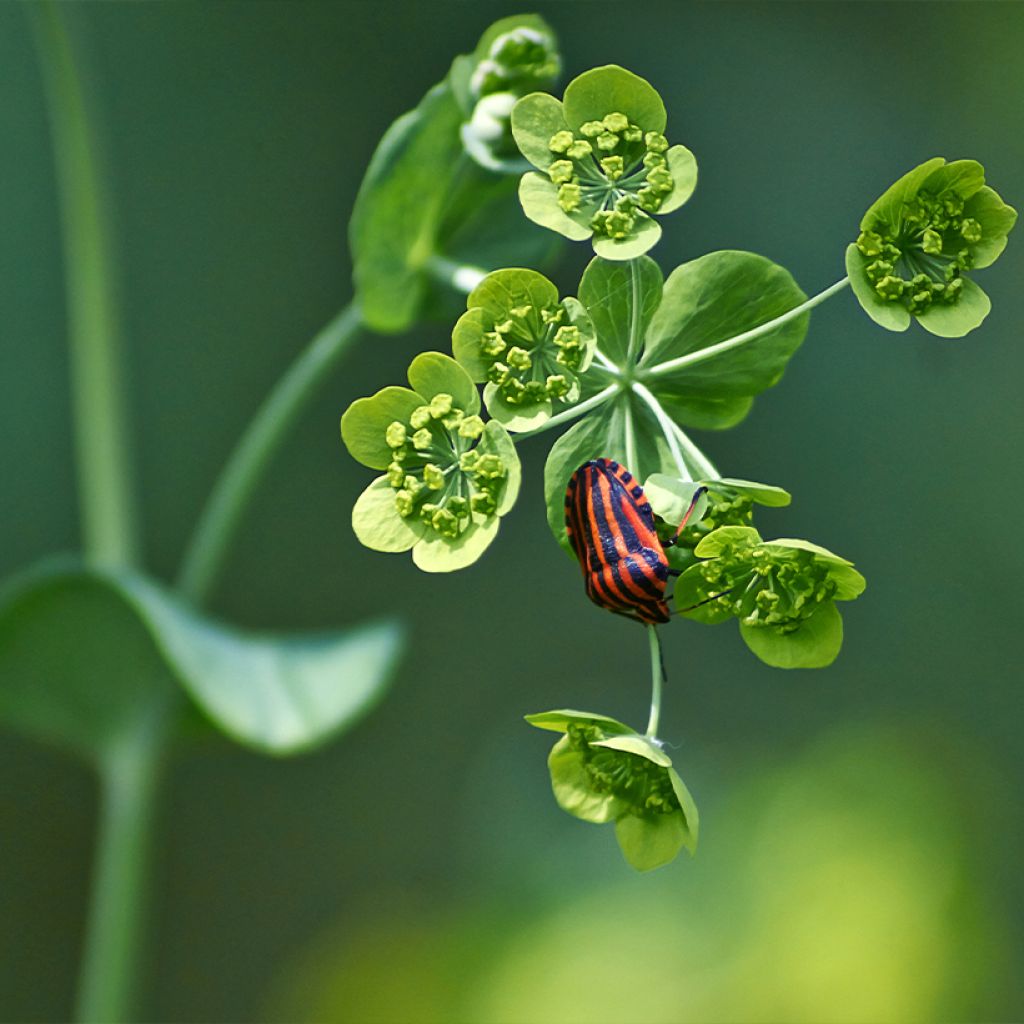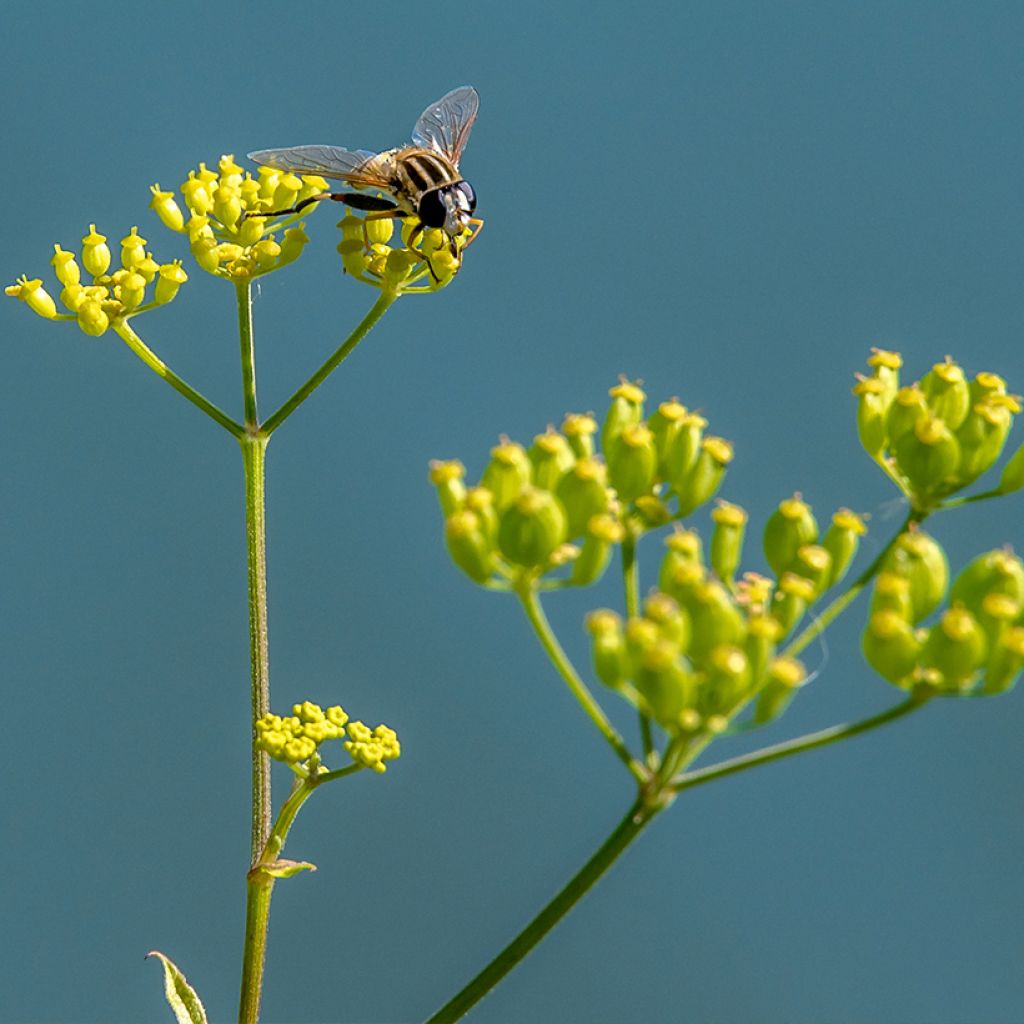

Bupleurum falcatum


Bupleurum falcatum


Bupleurum falcatum


Bupleurum falcatum
Bupleurum falcatum
Bupleurum falcatum
Sickle-leaved Hare's Ear
A picture of a liliaceous plant, maybe an amaryllis, and a delphinium A lot of humor at the prom of ???? ???? ... ????
Soleyl, 22/09/2023
This item cannot be shipped to the selected country
Delivery charge from €5.90
More information
Schedule delivery date,
and select date in basket
This plant carries a 12 months recovery warranty
More information
We guarantee the quality of our plants for a full growing cycle, and will replace at our expense any plant that fails to recover under normal climatic and planting conditions.
From €5.90 for pickup delivery and €6.90 for home delivery
Express home delivery from €8.90.
Does this plant fit my garden?
Set up your Plantfit profile →
Description
Bupleurum falcatum, also known as Sickle-leaved Hare's Ear, is a beautiful perennial medicinal plant naturally found in the limestone or stony soils. While not spectacular, this umbellifer has the charm and robustness of wild plants. With its delicate umbels of small yellow flowers that appear throughout the summer, it is perfectly suited for rock gardens, dry gardens, rustic borders, along with Knautia or nigellas, for example.
Bupleurum falcatum is a plant belonging to the Apiaceae family, formerly known as Umbelliferae due to their umbel inflorescences. This family includes many vegetable plants such as carrots, parsley, fennel, celery, parsnip, as well as many ornamentals such as angelicas, musk chervil, or antriscus. This bupleurum thrives in the wild on limestone slopes and poor soils along neglected roadsides where many other plants do not grow. Its distribution range includes Europe as well as western and northern Asia.
It is a deciduous herbaceous plant, perennial from its stump, with above-ground growth emerging in spring and disappearing in winter. Measuring 50 to 80 cm (20 to 32in) in height, it has an upright tufted habit with spreading branches. The plant's angular stems are hollow and bear small leaves shaped like sickles, with only one prominent vein in the middle. They are a very bright, slightly acidic green. From July to October, the plant produces a cloud of small umbels which are bright yellow flowers that are and highly attractive to insects.
Bupleurum falcatum prefers limestone soils and tolerates drought well. It is a good plant for slightly wild gardens, large sunny rock gardens, stony slopes, etc. If the conditions are right, the plant can self-seed, giving long and cheerful flowering in dry borders. This perennial pairs well with other unassuming plants such as Euphorbia characias, Agastache Kudos Gold, Cupidone bleue, nigellas, perennial flax, or grasses like Stipa pulcherrima and Bouteloua gracilis.
Report an error about the product description
Flowering
Foliage
Plant habit
Botanical data
Bupleurum
falcatum
Apiaceae
Sickle-leaved Hare's Ear
Western Europe
Planting and care
Easy to cultivate in ordinary soil, preferably limestone and/or rocky, rather well-drained, even poor soil. Bupleurum falcatum is a low-maintenance plant that easily adapts to many climates. Just make sure not to plant it with competitive plants that would outcompete it in good soils. Choose a sunny or semi-shaded position. Its cold resistance is excellent in well-drained soil.
Planting period
Intended location
Care
-
, onOrder confirmed
Reply from on Promesse de fleurs
Haven't found what you were looking for?
Hardiness is the lowest winter temperature a plant can endure without suffering serious damage or even dying. However, hardiness is affected by location (a sheltered area, such as a patio), protection (winter cover) and soil type (hardiness is improved by well-drained soil).

Photo Sharing Terms & Conditions
In order to encourage gardeners to interact and share their experiences, Promesse de fleurs offers various media enabling content to be uploaded onto its Site - in particular via the ‘Photo sharing’ module.
The User agrees to refrain from:
- Posting any content that is illegal, prejudicial, insulting, racist, inciteful to hatred, revisionist, contrary to public decency, that infringes on privacy or on the privacy rights of third parties, in particular the publicity rights of persons and goods, intellectual property rights, or the right to privacy.
- Submitting content on behalf of a third party;
- Impersonate the identity of a third party and/or publish any personal information about a third party;
In general, the User undertakes to refrain from any unethical behaviour.
All Content (in particular text, comments, files, images, photos, videos, creative works, etc.), which may be subject to property or intellectual property rights, image or other private rights, shall remain the property of the User, subject to the limited rights granted by the terms of the licence granted by Promesse de fleurs as stated below. Users are at liberty to publish or not to publish such Content on the Site, notably via the ‘Photo Sharing’ facility, and accept that this Content shall be made public and freely accessible, notably on the Internet.
Users further acknowledge, undertake to have ,and guarantee that they hold all necessary rights and permissions to publish such material on the Site, in particular with regard to the legislation in force pertaining to any privacy, property, intellectual property, image, or contractual rights, or rights of any other nature. By publishing such Content on the Site, Users acknowledge accepting full liability as publishers of the Content within the meaning of the law, and grant Promesse de fleurs, free of charge, an inclusive, worldwide licence for the said Content for the entire duration of its publication, including all reproduction, representation, up/downloading, displaying, performing, transmission, and storage rights.
Users also grant permission for their name to be linked to the Content and accept that this link may not always be made available.
By engaging in posting material, Users consent to their Content becoming automatically accessible on the Internet, in particular on other sites and/or blogs and/or web pages of the Promesse de fleurs site, including in particular social pages and the Promesse de fleurs catalogue.
Users may secure the removal of entrusted content free of charge by issuing a simple request via our contact form.
The flowering period indicated on our website applies to countries and regions located in USDA zone 8 (France, the United Kingdom, Ireland, the Netherlands, etc.)
It will vary according to where you live:
- In zones 9 to 10 (Italy, Spain, Greece, etc.), flowering will occur about 2 to 4 weeks earlier.
- In zones 6 to 7 (Germany, Poland, Slovenia, and lower mountainous regions), flowering will be delayed by 2 to 3 weeks.
- In zone 5 (Central Europe, Scandinavia), blooming will be delayed by 3 to 5 weeks.
In temperate climates, pruning of spring-flowering shrubs (forsythia, spireas, etc.) should be done just after flowering.
Pruning of summer-flowering shrubs (Indian Lilac, Perovskia, etc.) can be done in winter or spring.
In cold regions as well as with frost-sensitive plants, avoid pruning too early when severe frosts may still occur.
The planting period indicated on our website applies to countries and regions located in USDA zone 8 (France, United Kingdom, Ireland, Netherlands).
It will vary according to where you live:
- In Mediterranean zones (Marseille, Madrid, Milan, etc.), autumn and winter are the best planting periods.
- In continental zones (Strasbourg, Munich, Vienna, etc.), delay planting by 2 to 3 weeks in spring and bring it forward by 2 to 4 weeks in autumn.
- In mountainous regions (the Alps, Pyrenees, Carpathians, etc.), it is best to plant in late spring (May-June) or late summer (August-September).
The harvesting period indicated on our website applies to countries and regions in USDA zone 8 (France, England, Ireland, the Netherlands).
In colder areas (Scandinavia, Poland, Austria...) fruit and vegetable harvests are likely to be delayed by 3-4 weeks.
In warmer areas (Italy, Spain, Greece, etc.), harvesting will probably take place earlier, depending on weather conditions.
The sowing periods indicated on our website apply to countries and regions within USDA Zone 8 (France, UK, Ireland, Netherlands).
In colder areas (Scandinavia, Poland, Austria...), delay any outdoor sowing by 3-4 weeks, or sow under glass.
In warmer climes (Italy, Spain, Greece, etc.), bring outdoor sowing forward by a few weeks.




































